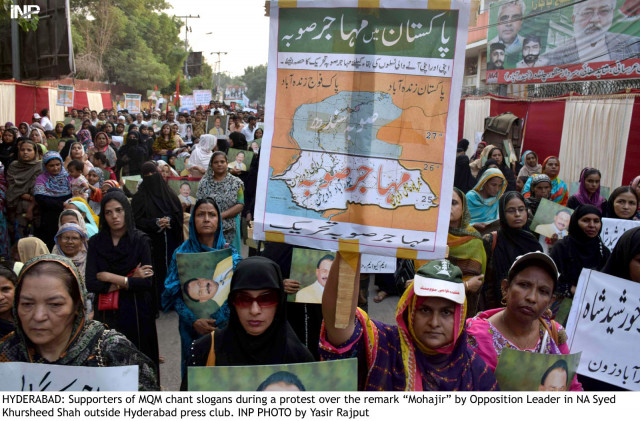The great debate
We could, for administrative convenience, set up local governments after due elections

It was only when Zulfikar Ali Bhutto became the prime minister of Pakistan in the early 1970s that Sindh found itself being lifted out of its ‘colonial’ depths. Though Karachi was restored as the capital of Sindh when One Unit was dissolved in July 1970, the drift that had been caused between the city and the province in 1947 only kept growing with the former becoming one of world’s largest cities, whose population was estimated to be galloping at the rate five per cent per annum because of heightened influx into the city from all over the country. It not only had the largest population of settlers from India, but also became the largest Pakhtun city in the world. Nicknamed as mini-Pakistan, it had assumed a cultural character totally different from the other parts of the province. Not only a commercial hub, it was also leading the country in almost all spheres of life.
On the other hand, by the time the Sindh-based PPP came to power in the early 1970s, the rest of the province had drifted in the opposite direction, mostly because of sheer neglect. The cultural, ethnic and linguistic differences between urban and rural Sindh justifies the demand of the MQM for restructuring Sindh into two provinces. On the other hand, the historic link between the city and the province, plus the principle of unity in diversity, equally justifies opposition of the PPP and other Sindhi nationalist parties to any tinkering with the provincial structure. Also, the constitutional Clause 4 of Article 239 seems at the moment to favour the latter as the former does not have the required number of votes (two-thirds) in the Sindh Assembly to get its demand approved.
The same constitutional hurdle for the same reasons has frustrated the demand for creating more provinces in Punjab, Khyber-Pakhtunkhwa and Balochistan. As long as those who are demanding the restructuring of their provinces on ethnic, linguistic and cultural lines do not muster the required number of votes, the four provincial units of Pakistan are likely to remain intact. However, there is an urgent need to restructure the entire country into manageable administrative units as the population of Pakistan has almost tripled since independence.
Here, it must be taken into account that more provinces would mean more expenditure as each province will require its own elected assembly, a cabinet, a chief minister, a governor and provincial civil and police officers. Instead, while a political consensus is being sought on how best to tackle the issue of the demand for more provinces, we could, for administrative convenience, set up local governments after due elections. However, before we hold these elections, we need to hold a national census, conduct fresh delimitation of constituencies and introduce an agreed package of electoral reforms.
Published in The Express Tribune, November 2nd, 2014.
Like Opinion & Editorial on Facebook, follow @ETOpEd on Twitter to receive all updates on all our daily pieces.



















COMMENTS
Comments are moderated and generally will be posted if they are on-topic and not abusive.
For more information, please see our Comments FAQ